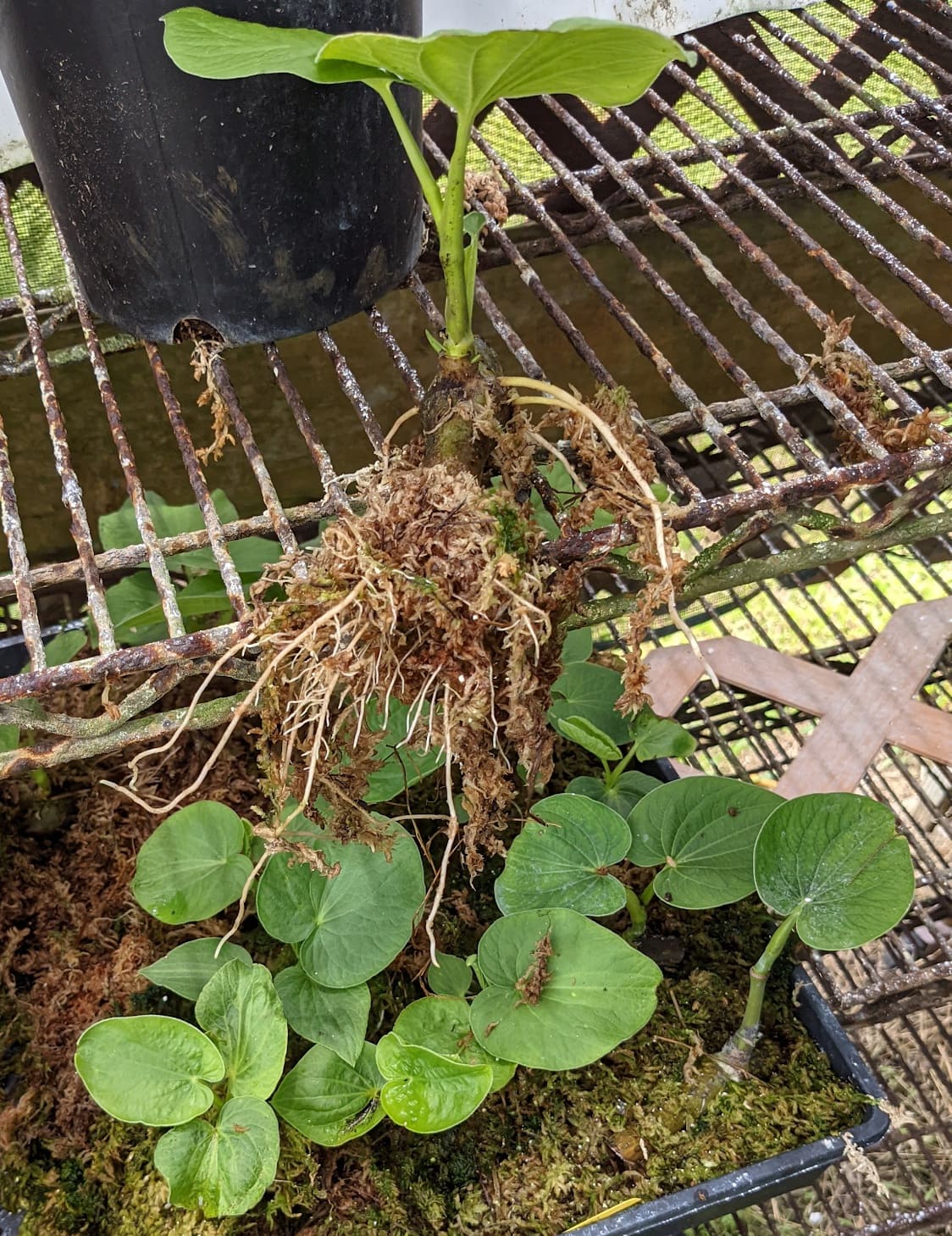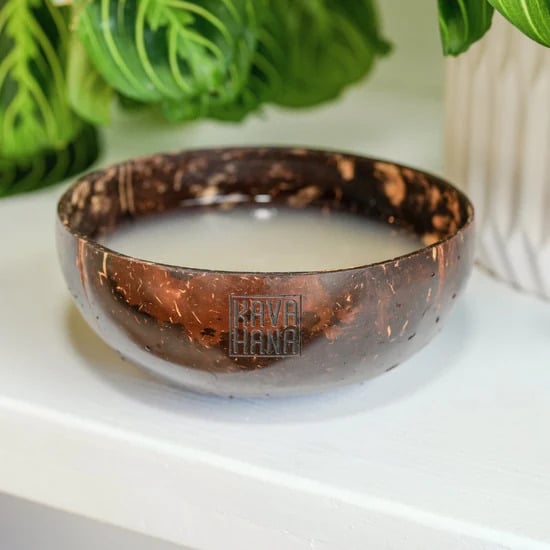Kava, known for its calming and relaxing effects, originates from the South Pacific islands. It’s been used culturally for centuries in religious and traditional ceremonies to honor guests and bring communities together. The kava plant has also been used to treat a variety of medical conditions both topically, internally, and emotionally.
Traditionally taken as a tea-like beverage, it comes from the dried roots of the pepper plant; piper methysticum, which are ground down into a powder and steeped in water.
For those who have used kava for a while, this is old news. But have you ever thought about the plant itself? And different aspects of it that create the effects that have come to know and love?
Kava’s other names
Like many things that have origins in different places, the kava plant goes by many different names depending on where it’s coming from or where you’re drinking it.
Some of these other names are:
- Kava kava
- Kawa kawa
- ‘Awa/P
- ‘Ava
- Malok/Molok
- Yaqona/Yagona
- Seka
- Wati
- Saukau
Where it grows
Kava is found in the Pacific islands. It likes to grow at altitudes 150 -300 meters (490-985 feet) above sea level and prefers rocky ground that drains well in rainy climates. It can grow up to 6 meters (20 feet) tall, but when grown, it is usually harvested at 2- 2.5 meters (6.5- 8 feet) tall.
Interestingly, kava doesn’t have seeds, so it relies only on its roots to spread and grow new plants.
Key parts of the kava plant
The kava plant has three key parts: the leaves, the stem, and the roots and rhizomes. Traditionally, the root and rhizomes are what kava is most valued for the drink. This is where the highest level of kavalactones and flavokavains are located, giving kava its well-known effects.
The stem and peelings are usually used to grow new kava plants. They are also sometimes mixed with the roots to make beverages; however, their high alkaloid content makes them highly toxic.
Finally, the leaves. The leaves are not typically used for beverages in the same way the roots are. However, they have strong antimicrobial and anti-inflammatory properties, making them useful in treating headaches, skin irritations, and rashes. The leaves, like the stems, have high levels of alkaloids, so they should be used with caution.
The two root sections
Kava has two different sections to its roots;
- Crown roots
- Lateral roots
Crown roots are larger parts of roots that can be harvested as “kava chips”. These make up about 80% of kava’s roots. Lateral roots are smaller and branch out from the crown roots. They are about 20% of kava’s roots but have the highest level of kavalactones. Because of this, they are considered the most valuable kava and are usually reserved for only premium-level products.
Kavalactones
These are the active ingredients of the plant. There are 18 different kavalactones, but only 6 are known to be players in the effects of kava. These are:
- Desmethoxyyangonin (DMY)
- Dihydrokavain (DHK)
- Yangonin (Y)
- Kavain (K)
- Dihydromethysticin (DHM)
- Methysticin (M)
Each of these shows up on different levels in each kava plant and has different associated effects and feelings.
The different kava plant cultivars and chemotypes
There are 75 known kava cultivars all linked to the country they come from. There are 8 origin countries of kava: Fiji, Hawaii, Vanuatu, Tonga, Samoa, Micronesia, Papua New Guinea and French Polynesia. Each cultivar from each of these countries has slightly different effects. This is due to the kavalactones present and the chemotype of each kava cultivar or cultivar.
The chemotype refers to the chemical make-up of the plant. Scientists will look at the different levels of different kavalactones in each plant and list them in order of prevalence. For example, if a plant has the chemocode 346125, we know that Yangonin (3) is the highest cultivar, then Kavain (4), and Methysticin (6) and so on. This creates a unique chemocode for each plant.
Knowing kava cultivars and chemocode groups help you better understand the kava plant you may want for the experience you are looking for.
If you’re interested in learning more about the varieties of kava, check out our article here
* Please note that the majority of kava research pertains to kava extracts, which often undergo significant processing and may contain additional ingredients and fillers that can influence their efficacy. It is crucial to consider this distinction when reading about kava studies. To draw an analogy, enjoying natural kava as a beverage can be likened to experiencing a freshly brewed cappuccino, whereas kava extracts are akin in functionality to a caffeine pill. Both forms have their unique benefits and can cater to different preferences and needs. While it’s helpful to understand research on kava extracts, please view it critically and remember that natural kava offers a uniquely holistic experience.


